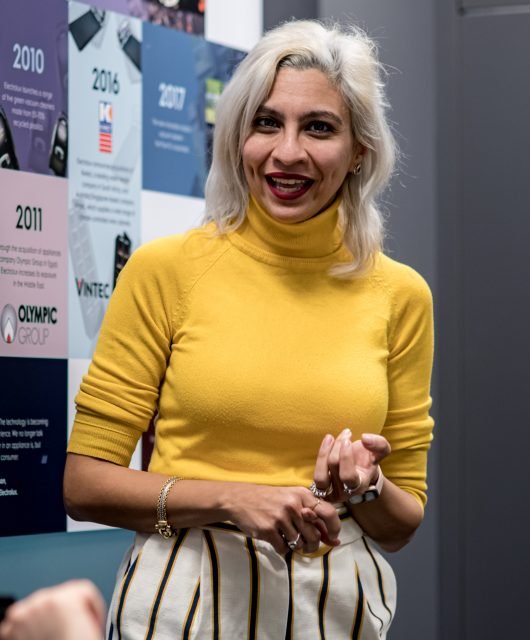We’re All Influencers, By YAAP’s Sadia Akhter
Influencers have been around since the dawn of advertising – many centuries ago – when word of mouth was what got the message across to a brands desired audience. From gladiators endorsing products in ancient Rome to the first known collaboration in 1760, when King George III gave the Royal stamp of approval to Wedgewood for the first Royal tea set, the brand had made. The Wedgewood family used that to promote their products, which ‘til date is synonymous with quality and class.

Then we were introduced to Santa drinking Coca Cola, the Marlboro Man and Mikey, who finally found something he liked in a bowl of Quaker Oats. That was until there was a shift and we had celebrities carry that mantle, whether it was Cindy Crawford drinking a cold can of Pepsi or Anna Nicole Smith in Guess jeans, they were selling us a dream and influencing our purchasing decisions.
2009 came around and changed the face of advertising and the advent of social media influencers truly began – YouTube being the first platform that allowed the everyday person to showcase their talent to the world and we were introduced to PewDiePie, Zoella and so many more. We’ve had kids like Ryan Kaji, reviewing toys and telling our kids what they need to get their parents to buy for them, all the while becoming a millionaire at 10 years old.
There came a time when the average person was no longer responding to celebrity endorsements on social media in the same way as they had previously and at the same time big names across social media such as Kim Kardashian and Huda Kattan were launching and promoting their own products, forcing brands to rethink their strategies and start creating smarter influencer collaborations. Suddenly there was a new niche created practically overnight.
This is why in 2017 we saw the rise of the micro influencer and a couple of years later nano influencers were making waves within the influencer space. The engagement then and even now, 7 years on, is something that hasn’t dwindled because we relate to them in a way we no longer do with celebrities. The way the consumer thinks has also changed, we used to strive to be like, look like or smell like a celebrity because we all want to live that dream but what we as marketeers saw in 2017 was that the everyday person is more inclined to relate to a product recommendation from someone who they consider a peer, albeit on social media.
This is how today’s nano and micro influencers are achieving fantastic engagement, which is entirely down to the kind of loyal following they have. Their audiences came across them and then stuck around because they relate to them in an incredibly visceral way. We see nano and micro influencers as a part of our everyday life, like the friends we hang out with, someone who could easily slot into our inner circle. We are invested in their lives, the more they share, the more we want to know and when we are at the receiving end of their recommendations, we trust them. Which is why various influencer marketing studies show that 49% of people say they rely on influencer recommendations to make a purchasing decision, with Gen Z being the most inspired by today’s social media influencers to make a purchase compared to any other generation before them.
Let’s look at what makes someone an influencer, in the true sense of the word? An influencer is someone who has the power to affect the decisions and actions of others. We’ve seen this with celebrities who have millions of followers, to subject matter experts but what we may not realize is that your friend who recommends a new restaurant to you or your neighbor who can’t seem to stop talking about his new car can also make an impact on your decisions. The power of influence is not limited to those with a large following on a social media platform or a famous name. In fact, every person has the potential to be an influencer in their own way.
Love them or hate them, the reality is that in the age of social media, influencers are here to stay. But the truth is, everyone already is an influencer, whether they realize it or not.





